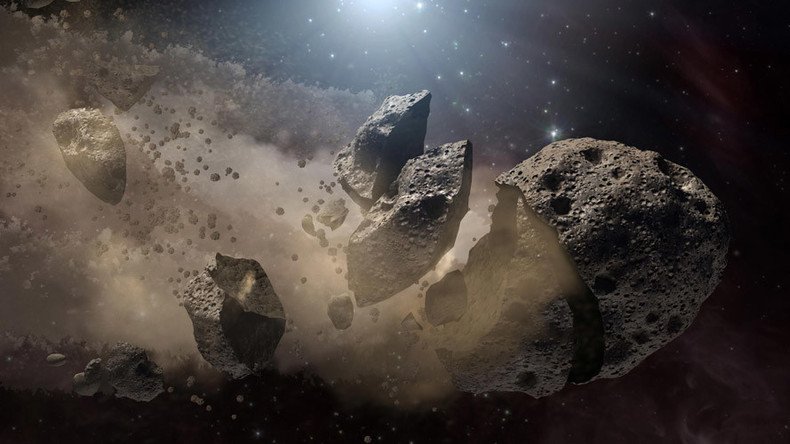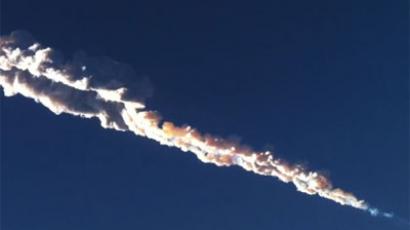Planetary defense: NASA creates office to oversee asteroid detection

With heightened concern over potential ‘Armageddon’-like asteroids causing a ‘Deep Impact’ on Earth, NASA has created a new office tasked with coordinating detection of potential crashes and "planning for planetary defense."
Part of NASA's Planetary Science Division, the Planetary Defense Coordination Office (PDCO) will supervise all NASA efforts that track near-Earth objects (NEOs), such as asteroids and comets. It will have the authority to issue warnings of NEO approaches and potential impacts. The office will also lead interagency and intergovernmental response efforts in case of any potential impact events.
“Asteroid detection, tracking and defense of our planet is something that NASA, its interagency partners, and the global community take very seriously,” said John Grunsfeld, associate administrator for NASA’s Science Mission Directorate. “While there are no known impact threats at this time, the 2013 Chelyabinsk super-fireball and the recent ‘Halloween Asteroid’ close approach remind us of why we need to remain vigilant and keep our eyes to the sky.”
PDCO will work with the likes of the Federal Emergency Management Agency (FEMA) and the US Department of Defense to take action in instances that demand planetary defense planning, NASA said. PDCO will issue notices and warnings of any potential impacts with Earth.
.@NASA's Planetary Defense Coordination Office to coordinate asteroid detection, hazard mitigation https://t.co/v5Usk9Z9fX
— Asteroid Watch (@AsteroidWatch) January 7, 2016"The formal establishment of the Planetary Defense Coordination Office makes it evident that the agency is committed to perform a leadership role in national and international efforts for detection of these natural impact hazards, and to be engaged in planning if there is a need for planetary defense," said Lindley Johnson, who was named Planetary Defense Officer, or the lead program executive for PDCO.
NASA already has several initiatives charged with detecting NEOs. Its Jet Propulsion Laboratory's Near Earth Object Program tracks comets and asteroids and offers a list of potential threats via the Sentry impact monitoring system. NASA operates a network of radio telescopes in the US and the NEOWISE infrared telescope to track objects worldwide. All of these efforts will now operate with the oversight of PDCO.
'Alien signals' could be caused by collisions between asteroids, neutron stars – study https://t.co/bgX957XKi6pic.twitter.com/S7Q1kxnPv5
— RT (@RT_com) December 24, 2015NASA says it has discovered more than 90 percent of NEOs larger than 3,000 feet (1 kilometer), but only about 25 percent of so-called mid-sized NEOs, which are 400 feet (140 meters) or larger. Congress has called on NASA to detect at least 90 percent of mid-sized objects by 2020.
NASA's NEO-defense strategy stresses the ongoing development of tools that deflect or redirect any objects headed for Earth. If intervention is not a possibility, NASA would notify FEMA and other government agencies "about impact timing, location, and effects to inform emergency response operations."
Huge comets may pose ‘inevitable’ danger to Earth – astronomers
https://t.co/1ew8MoMGO9pic.twitter.com/RuGfkuE1By
— RT America (@RT_America) December 22, 2015“FEMA is dedicated to protecting against all hazards, and the launch of the coordination office will ensure early detection and warning capability, and will further enhance FEMA’s collaborative relationship with NASA,” said FEMA Administrator Craig Fugate.
The federal budget passed weeks ago allows for $50 million in fiscal year 2016 for NEO observation and planetary defense, NASA said.
















